#camel spin
Text

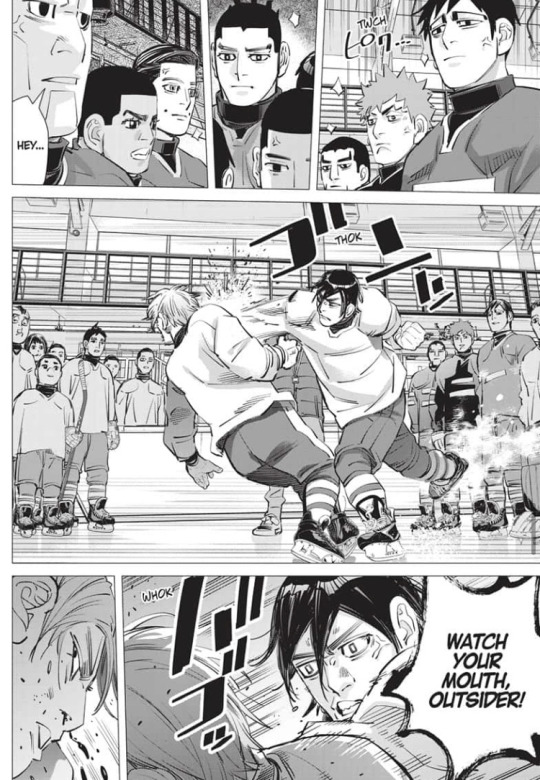

classic noda mood whiplash
#dogsred#i feel like another mangaka might’ve lingered on rou’s comment and that punch an#sat with it for a lil longer#but not noda. he said nope camel spin#this whole chapter was a rollercoaster#also wait is the ice guy sitting on nihei’s lap lol
10 notes
·
View notes
Text
So I am down to my last braid of fibre and I'm trying to decide how to spin it:

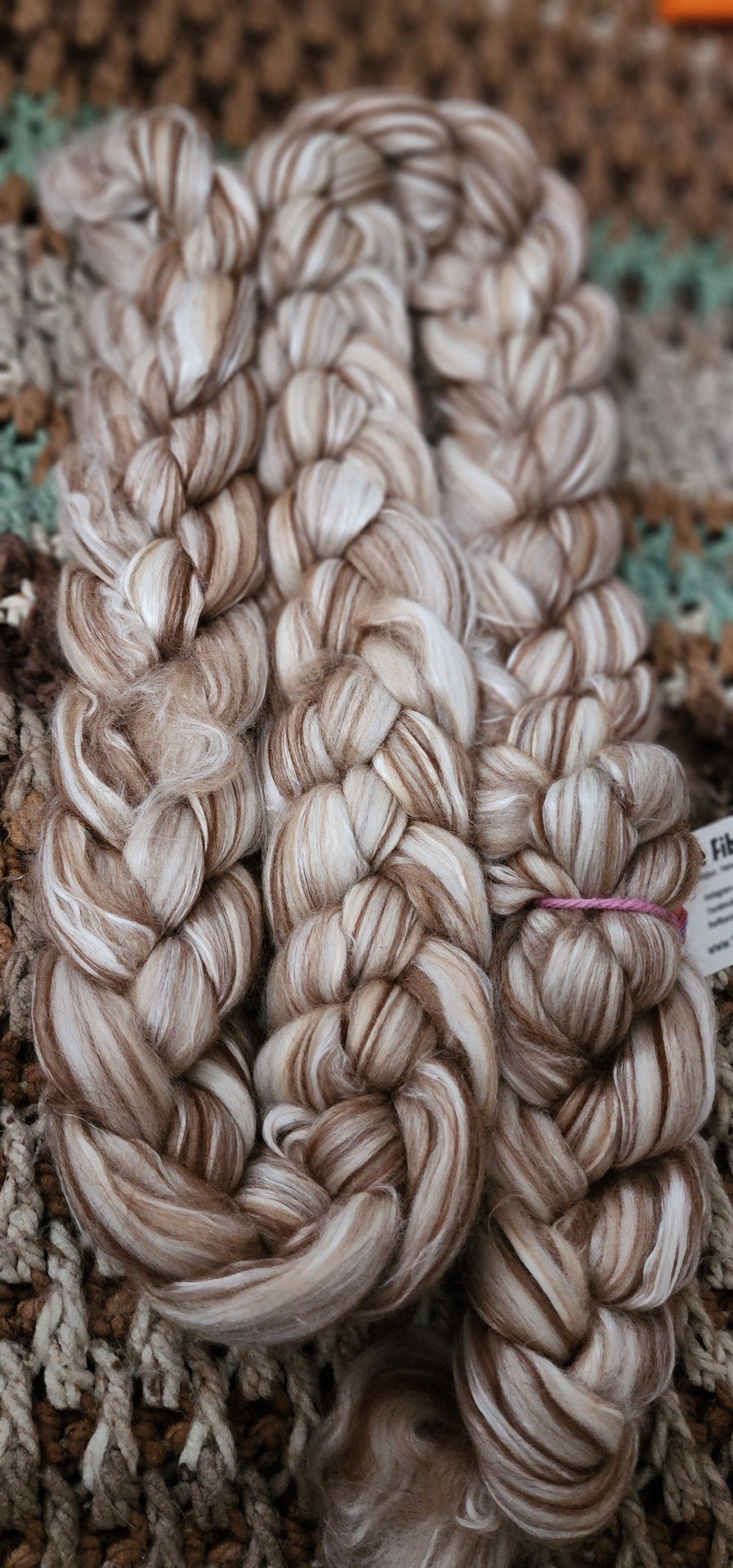
I have the custody of the Louët wheel for a time longer and that would be the most consistant method however, I could also pull out Blithe and see if he is up to the task now that he has his new prosthetic installed.
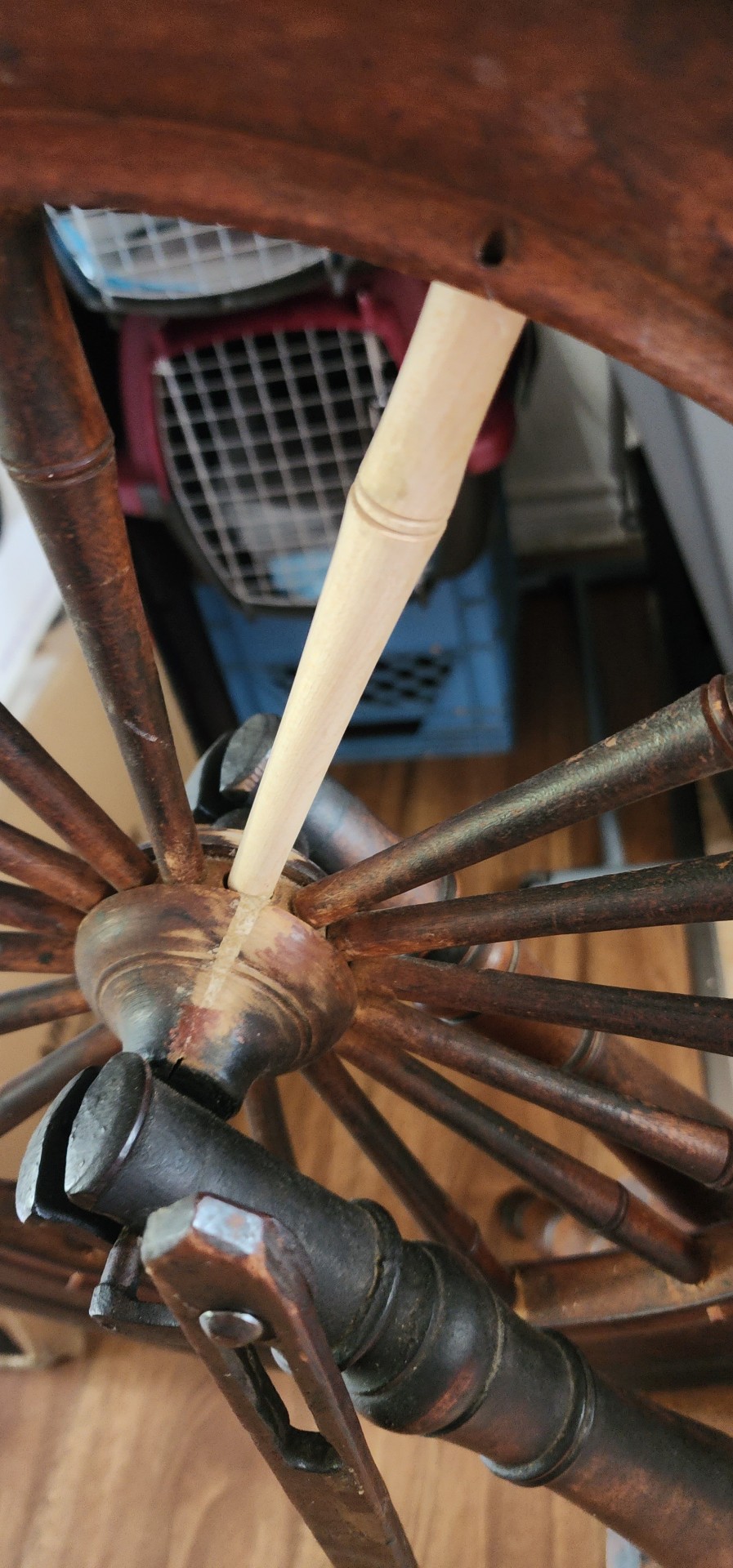
My main worry with using Blithe is that this is a fibre that I've never spun before (camel/alpaca) and sometimes he struggles with take up and his hooks are a bit rougher.
I really want to get to know him by spinning more but idk this fibre is right for that task.
Other secret 3rd option is I wait until my drop spindle is free and I play around with this fibre as a spindle project.
#I need the fibre equivelant of a sugar daddy or fairy god mother#polls#yarn#spinning#fiber#fibre#antique spinning wheel#blithe#louët#drop spindle#hand spinning#merino#camel#alpaca#silk#craftblr#wool#a fibre father? is that what I need?
18 notes
·
View notes
Text

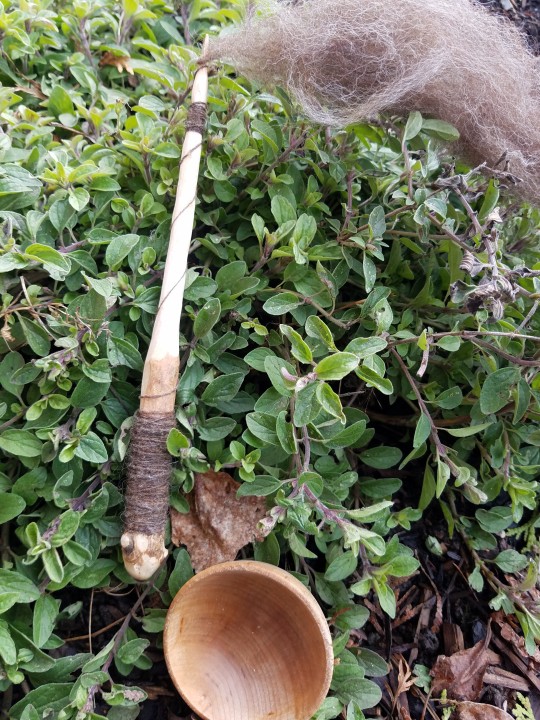
Bit of a spinning demo on the new spindle. The main thing is it doesnt spin for very long, presumably because of the bottom just being a round smooth surface instead of a point now. However, it feels like it handles really nicely.
#featuring my messy floor and bit of brian eno#spinning#handspun yarn#supported spindle#still working on the bactrian camel hair blend#rly nice to spin btw. like... i kinda just wanna spin this for socks#took a better video where i dont drop the spindle like 5 times lol#its hard bc if i look at the camera to make sure its in frame i mess up spinning and totally lose track of where my hands are#and if i watch my hands like normal the camera moves out of frame
52 notes
·
View notes
Text
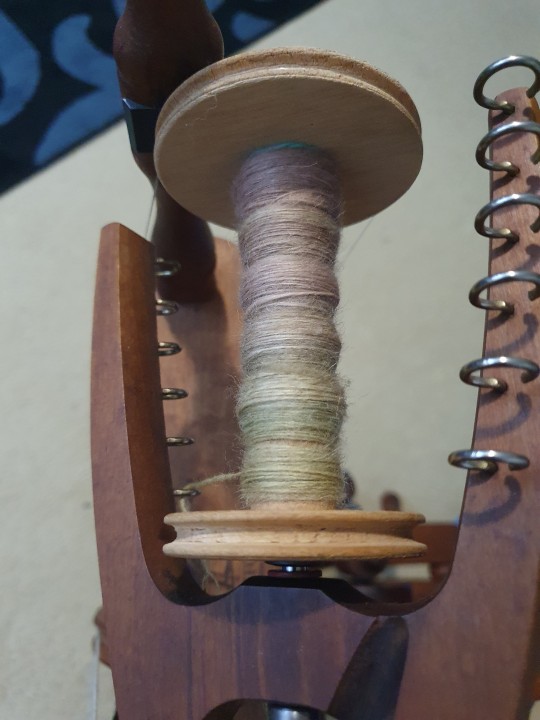
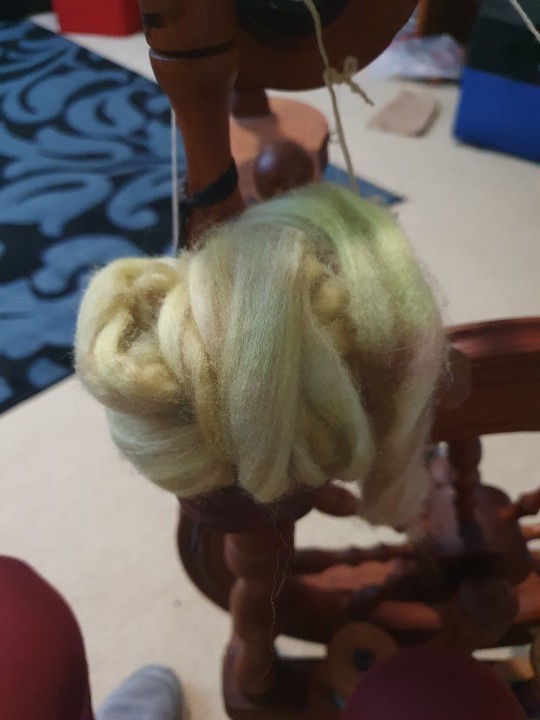
New wip
50/50 merino and baby camel, dyed by a local artist
#craft#wool#craftblr#spinning#spinblr#merino#camel#fibre craft#fiber craft#spinning wheel#wip#handspun
29 notes
·
View notes
Text
Day 4 first batt done!

107 notes
·
View notes
Text
forcibly introducing my friends to the concept of wizard prog
15 notes
·
View notes
Text
Hell yeah Selevbroooooooo
#camel spin wasn’t his best i missed the heel flick and there was that hand down on the 4T#but. he’s so committed to the choreo i love it#aleksandr selevko#figure skating#worlds 2024
3 notes
·
View notes
Text


Sumiyoshi Rion / FS 'Enchantress' at IDF 2022 / photo by Joosep Martinson
#rion sumiyoshi#figure skating#idf 2022#fsphoto#i really like her skating#shame about that 4T the height on it was huge though#i think that fall threw her off a little as she didn't seem as in the program as she was in the short but it's good still#enchantress <3#also: shaking my fist at the cameraman who couldn't stay still on her combo spin here the camel to sit transition was so smooth
32 notes
·
View notes
Text
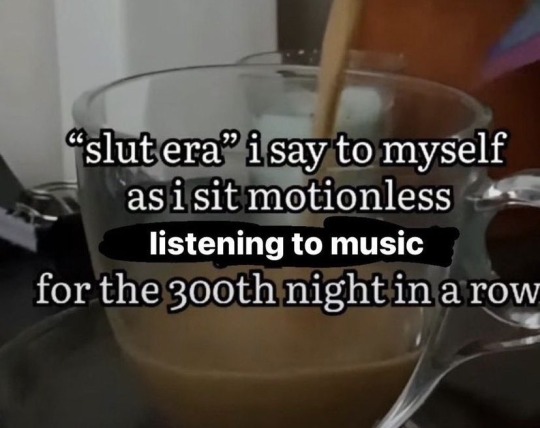
#I’m about to write y’all a novel in these tags I’m so sorry#the wilds#shoni#shelby x toni#shelby goodkind#toni shalifoe#n e wayssss#I’m in my “emotional devastation era” because I can’t stop thinking about a shoni unrequited love au where the two of them are best friends#and Shelby is hopelessly in love with Toni who is so incredibly oblivious and too wrapped up in her newly blossoming relationship with Regan#to notice that Shelby has been steadily pulling away because she can’t bare the sight of them together. It makes her feel like her head is#spinning and her chest is going to cave in and if you were to try and identify the final nail in the coffin or the straw that broke the#proverbial camel’s back well it would have to be the night Shelby cried alone in Toni’s bathroom after discovering that#Toni had given Her™️ sweatshirt away. The sweatshirt with the yellow elbow patches that technically belonged to Toni but had#long since been claimed by Shelby. The sweatshirt that had brought her so much comfort and warmth. Shelby had rummaged through drawers and#searched the closet desperate to find the piece of clothing – the piece of Toni that was supposed to be reserved for her but she found#nothing. Perhaps it was ridiculous or a tad bit overdramatic to be that upset over an article of clothing but when the words:#“oh I think Regan has it” fell from Toni’s lips with an appalling amount of nonchalance it felt like in that moment her world had stopped#spinning. The devastation was swallowing her whole and she felt like she couldn’t breathe. Whatever flicker of hope that Toni could maybe#someday learn to love Shelby was promptly extinguished and it pained her beyond belief to think about it but Shelby understood how Toni#could love Regan. She was the opposite of Shelby. Everything about her was real whereas every facet of Shelby’s being was fake. There was no#trace of shame to be found in Regan either. She was beautiful and confident and out. She had no qualms about holding Toni’s hand in the#hallway or kissing her in front of crowd of peers. Regan was bright; she was sunshine personified.#Shelby was dark; she was made up of shadows and rain clouds. She couldn’t blame Toni for wanting to stand in the sun
40 notes
·
View notes
Text
The promised Malabrigo Nube Hojas colorway & merino/camel 2-ply:


I ended up splitting it into two skeins because it was just too large and ridiculous as a hank. They're almost even, though one has a few more yards and weighs less.
#yarn#yarncrafts#spinning#handspun yarn#handspun#fiber art#fiber arts#fibre art#fibre arts#malabrigo#merino#merino/camel#paradise yarns#tour de fleece adjacent#tour de fleece 2022#tdf 2022
38 notes
·
View notes
Text

Is it lazy or enlightened to just leave wool out on the drying rack to be picked at and combed at my leisure?
#I love the yarn I got from the linen rya silk camel blend but the actual blending part….ye gods#I would have to grab everything and my apron and make room for every thing and then after all that#I felt I had to comb at least 4-5 nests in one sitting to make “worth it”#this I just need my apron#this is the Icelandic btw#turns out lanolin gets weird after like#2 weeks so I’ve decided to wash and process it in small batches as I desire to use it#wool#fleece#spinning#handspinning#hand spun
1 note
·
View note
Text

Ballet Camel Spin “Abou Ben Boogie” (1944)
10 notes
·
View notes
Text
Here we go, fibre haul! You guys ready?

So all of these lovely bits of floof were purchased from The Fiber Imp.

The owner is so nice, I thought I'd give them a little shout out so you guys can buy any floof you like the look of here:
Most of the nerdy stuff I am sourcing my info from is a site called NWyarns.com which has great indepth info in the histories of many breeds of sheep and how they became the sheep we have today.
If I grab info from another website then I'll mention it specifically but otherwise this all comes from NWyarns.
Now let's dig in shall we?
First up, we have Rocky Mountain Skies

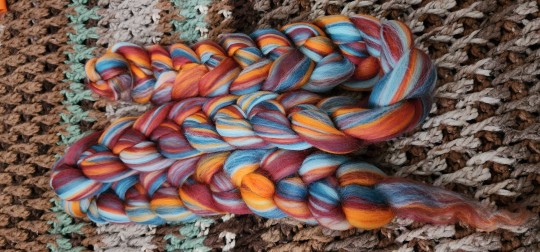
This one is commercially dyed and all 100% merino.
Domesticated in Mesopotamia sometime between 11,000 and 9,000 BCE
If you were not select royalty you were pretty much out of luck – there were no legitimate ways for the average sheep farmer to get a prized Merino ram or ewe until about the first decade into the 1800s. However, there were certainly illegitimate ways. Paying someone to smuggle Merino sheep out of Spain offered the chance of a prized ram or ewe. Certainly that is how the U.K. acquired their first Merino sheep (4 rams and 2 ewes), which Sir Robert Banks paid some enterprising business person to smuggle out of Spain via Portugal.
However, more often than not, it appears that the people purchasing Merinos through less than legitimate means during this time frame were either getting scammed or simply provided with any Spanish sheep that smugglers could manage to get out of Spain.
Merino is renowned for its fineness and elasticity, which can be made into woven, knitted, crocheted or felted wool fabrics that can be very comfortably worn directly against the skin. Merino is graded to a variety of micron widths including Superfine (17.6-18.5 microns), Fine or Extrafine (18.6-19.5 microns), Fine Medium (19.6-20.5 microns) and Medium (20.6-22.5 microns). Unless otherwise specified, you will find that most merino available in commercial clothing and most yarns is in the Fine Medium to Medium range. However, even though the Fine Medium and Medium Merino is the most common, it is by no means coarse! 22.5 microns is still quite fine, and extremely comfortable to wear directly against your skin.
Next up is Spellbound


75% 18.5 Micron Merino / 25% Mulberry Silk
This next bit of info comes from Casper.com:
Mulberry silk comes from the Morus Alba tree.
Originating in China over 5,000 years ago, “sericulture” is the ancient process of spinning silk.
Mulberry silk is made from the cocoon of the Bombyx mori moth. Before metamorphosis, the caterpillar feeds exclusively on the white mulberry leaf.
Smoother and stronger than any other silk in the world, mulberry silk is a textile powerhouse. Famous for its durability and lightweight quality, mulberry silk is able to retain up to a third of its weight in moisture. Because of this, it doesn’t emit a smell when damp and doesn’t need to be left out to dry for a long amount of time, making it relatively easy to manage.
Au Naturel


Undyed blend of superfine merino, dark brown alpaca, mulberry silk and baby camel.
Alpaca:
Alpacas are in the camelid family -- the same biological family as camels and llamas.
Although they can be found around the world today, alpacas originated in the Andes mountain range of South America. They are descended from vicuña, a wild camelid native to South America, in the Andes mountain range. The domestication of the alpaca for fiber and meat began up to 6000 years ago, with the people who lived in the Andes.
Alpaca hairs are hollow, making it a go-to fiber for crafters and manufacturers who are looking for softness with superior insulating properties. It is also surprisingly strong for such a soft, fluffy fiber.
Alpaca fiber comes in various qualities, ranging from fibers nearly as soft and luxurious as cashmere to lower quality fibers with a similar texture to fine wool. Most yarn and spinning fiber available relies on the high quality, fine alpaca. It is more difficult to find coarser alpaca, as there is little demand for it in North America. Alpaca is also hypoallergenic, making it very popular for people with skin sensitivities.
This next bit is from SpinoffMagazine regarding the Bactrian camel:
Bactrian camels have two humps and are found primarily in Mongolia and China.
Bactrians are the source for the soft down we associate with fine camel hair garments. Their fiber naturally sheds and can be combed away or gathered as it falls.
While the website for the Cashmere and Camel Hair Manufacturers states that Bactrian camels produce as much as 17 to 22 pounds of fiber annually, other sources cite amounts as low as 5 pounds. The higher amounts probably include both hair and down.
The outer coat and mane hair is long (12 inches or more) and coarse. It protects the animal from the elements, shedding dirt and water. The fine undercoat is much shorter, averaging 1 to 5 inches long, although it usually measures less than 3 inches in length. Some of the fiber shortness in commercial camel preparations may result from the dehairing process. The micron counts (fiber diameter) for camel fiber have a huge range. While the down averages 20 to 23 microns (similar to Merino wool), it can be as fine as the finest cashmere.
Samples from some United States Bactrian camel hair that had all the outer coat fibers removed ranged from 6 to 120 microns, with most of the sample measuring 18 to 19 microns. Camel hair has some crimp and a small amount of elasticity.
When working with the fiber in batt form (a cloud of carded fiber), I simply peel off thin layers of fiber.
Rovings (strands of carded fiber with a small amount of twist) and top (strands of long fibers in parallel arrangement) require no further preparation although they are sometimes easier to spin when split into narrower strips.
Because the camel fiber is short, thin strands of roving or top will probably drift apart if you try to predraft. You can also prepare for a lightweight yarn by handcarding the down fiber from any form into rolags.
This next bit of fibre is what pulled me into the shop in the first place, Dragon's Breath

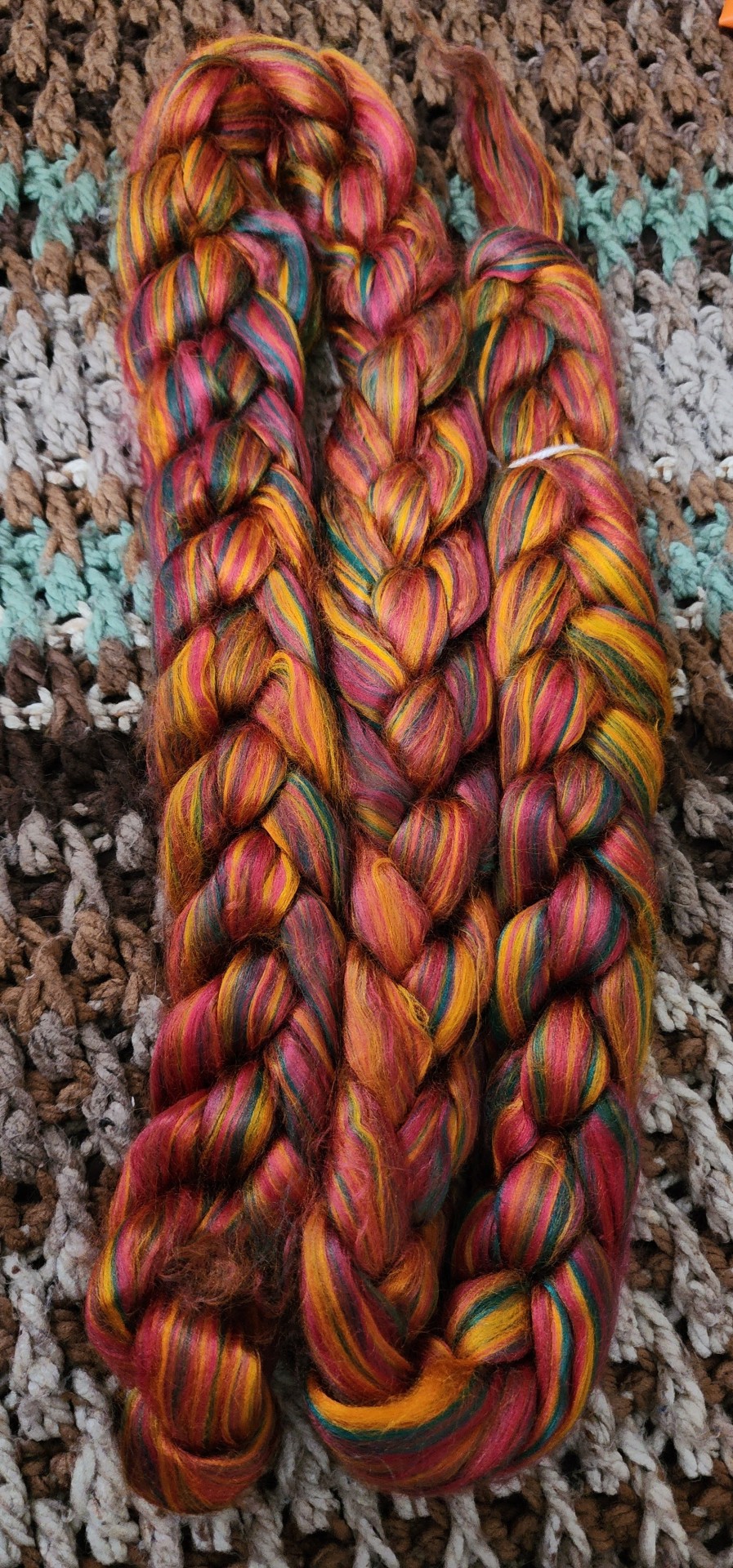
Bamboo:
In the late 19th century, the first semi-synthetic fiber in history was invented – viscose rayon! Known as artificial silk until its rebranding as rayon in 1924, rayon has become a significant part of our fiber landscape.
In the yarn and fiber world, we most frequently run into rayon when it is labeled as bamboo or viscose.
More recently, you can also buy viscose rayon labeled as rose fiber (having been sourced from the cellulose of rose bushes), or even purchase viscose rayon fiber that comes from seaweed.
While these fibers are often advertised as eco-friendly because they come from plants, that is not necessarily the case.
It has had a history of adverse health effects on the workers involved in its manufacture right up to the present day.
A short and somewhat abbreviated version of viscose rayon production goes something like this.
All rayon begins with pure cellulose. This cellulose is treated with a caustic soda, and goes through a number of curing processes and chemical treatments, including a process called Xanthanation in which it is mixed with carbon disulfide. The resulting material is dried and ground into a powder, and is dissolved in yet another caustic solution to form the viscose, the viscous solution from which viscose rayon receives its name. Allowed to stand for a period of time, the viscose solution is strained and then extruded through spinnerets, which land in a bath of sulfuric acid, forming rayon fiber. The fiber is then washed to remove any residual chemicals and make it safe for the wearer.
By the time rayon fiber and fabric hits the market, there are no traces of any chemicals that could harm the person wearing it. The same can’t necessarily be said for the factory workers, either in the past or today.
They go into more detail if you want to dig in further but I will need to research more myself before I commit to further bamboo purchases.
I will continue this in part 2!
#long post#wool#alpaca#camel#bamboo#fibre#show and tell#fiber#hand spinning#yarn#craftblr#part 1#haul
23 notes
·
View notes
Text

anyways this is gonna be the angsty sibling to kiss and cry
#yun talks#last fs fic. ever bc there is only so much u can write without making it feel repetitive#every fs fic i write: Quad Toe. Quad Salchow. Triple Axel. Flying Camel Sit Spin#it’s ok this has ice dance in it so . Choreographic Twizzles
5 notes
·
View notes
Text
Tdf day 11
BUT COMFY ITS A REST DAY.
Yes, and i am restless and wanted to ply, sue me!
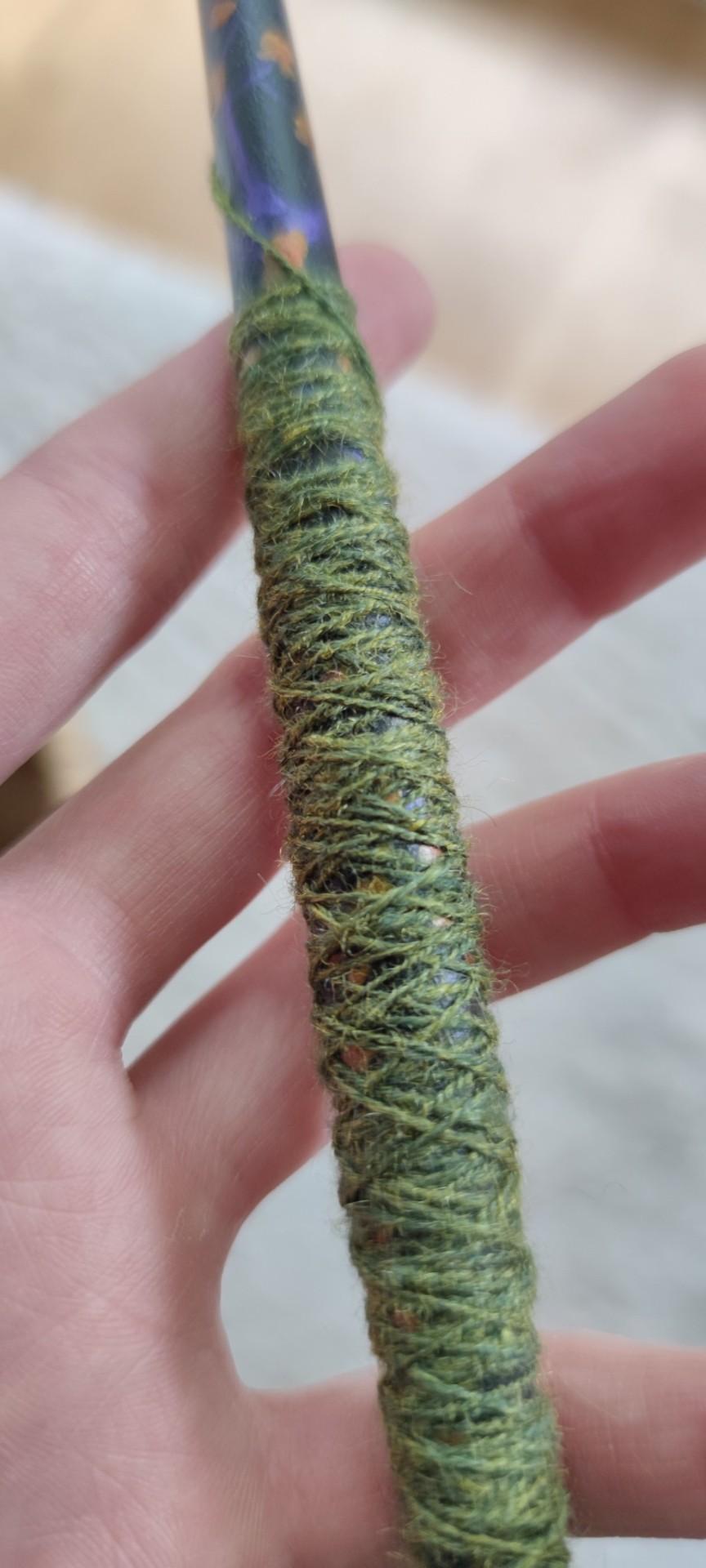
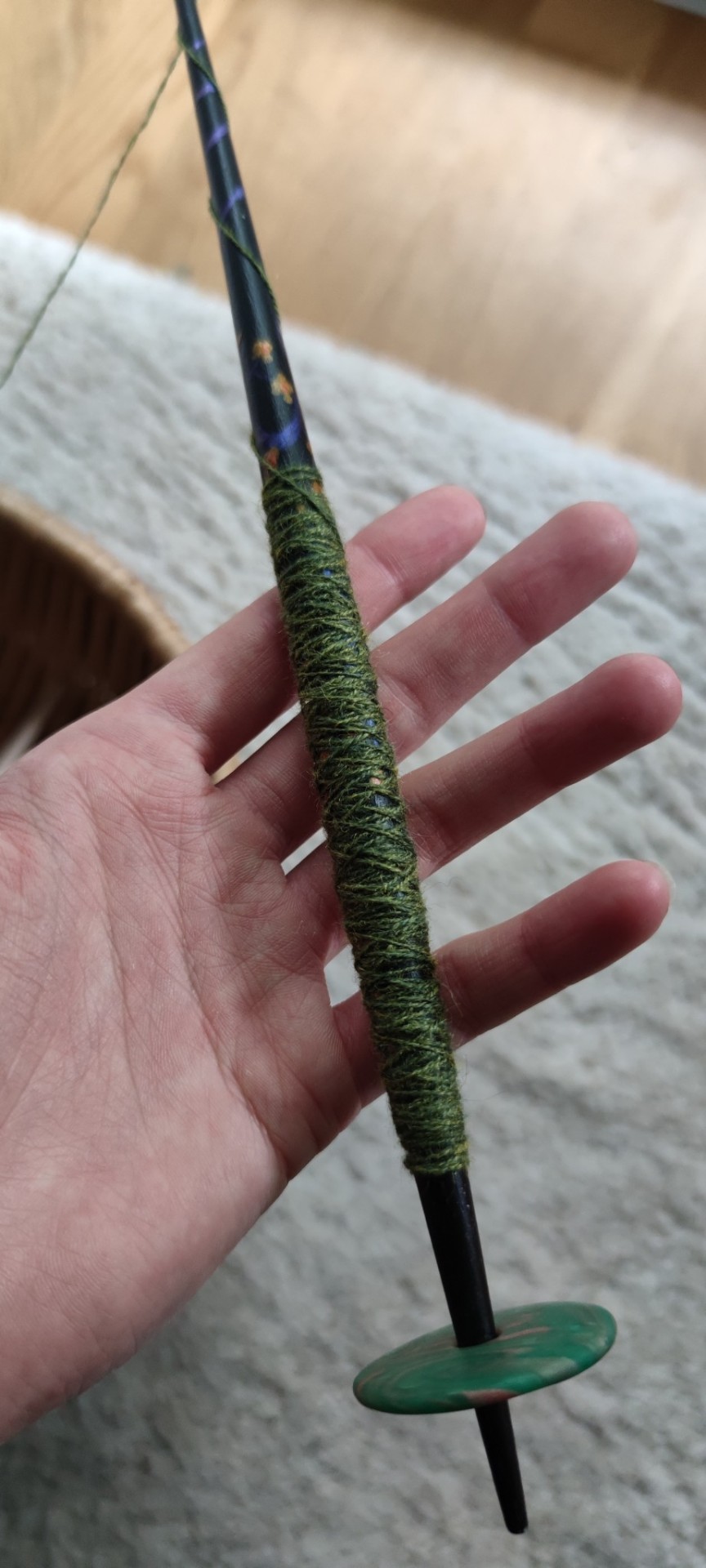

Around 35 WPI
(also drop spinning in the other direction is... Strange)
62 notes
·
View notes
